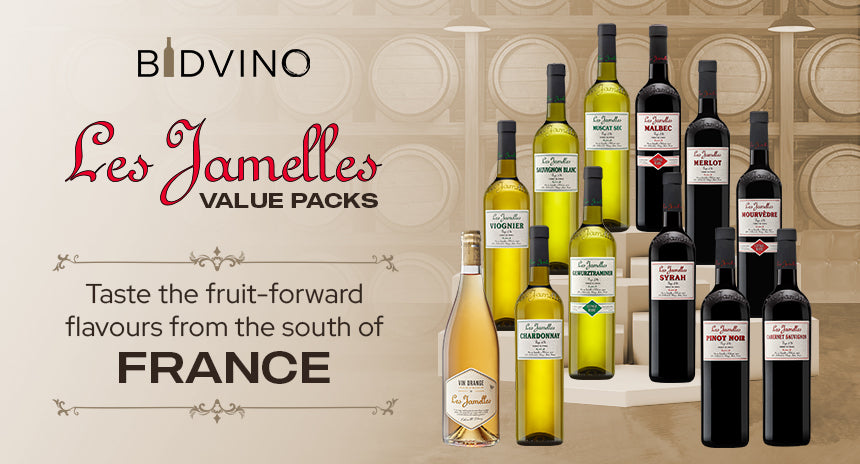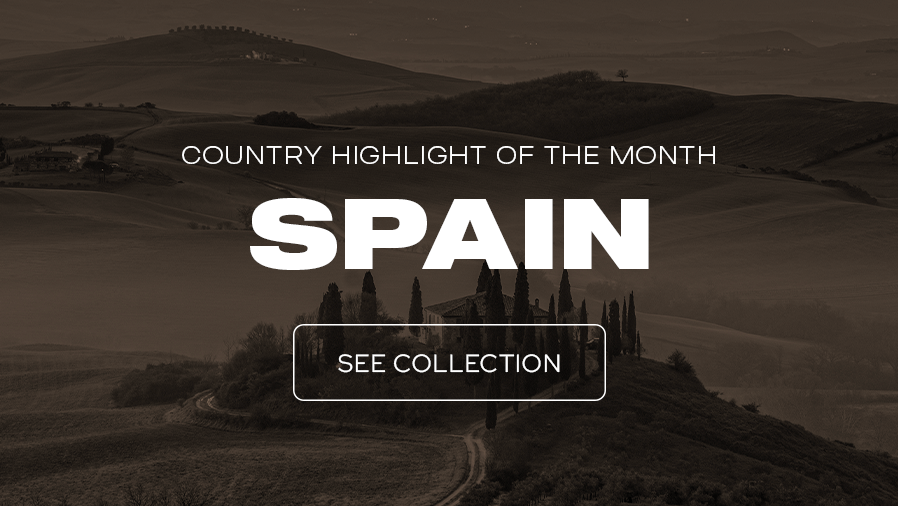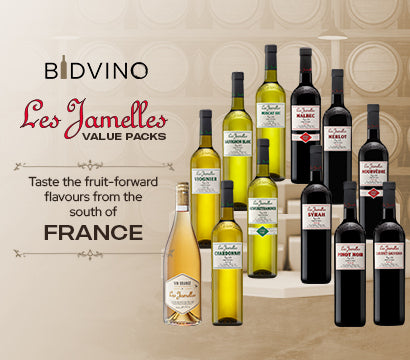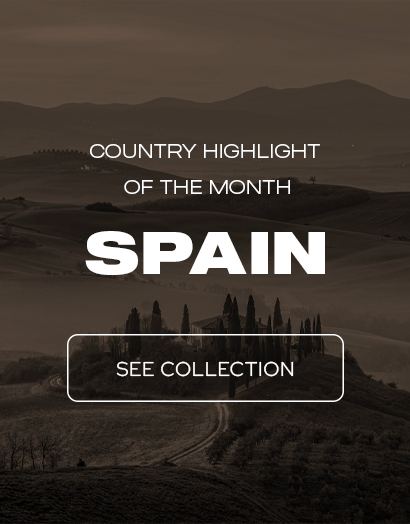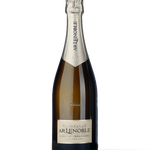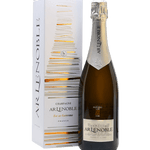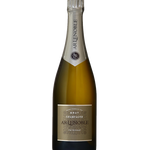You have no items in your shopping cart.
Classifying Burgundy On The Label

One of the key aspects of understanding the style and quality indicators of Burgundy wine when making a purchase is interpreting the labelling system that is unique to the region. The labels of Burgundy wines provide valuable information about its origin, quality, and characteristics and style Here, we will break down the various label classifications to help you with your next Burgundy purchase!
Origin As The Basis Of Quality
The Burgundy wine classification system is almost exclusively based on the notion of origin. The origin is crucial to Burgundy wine because of the influence of the terroir which refers to the specific combination of soil, climate, and vineyard location that impacts the character of the wine. The main certification of classification in Burgundy known as the Appellation d’Origine Contrôlée (AOC). Each level has different requirements and regulations, however the four main points all AOCs cover are:
- Origin: The grapes must be from a specific area within the Burgundy region
- Grapes: Each AOC identifies the varieties that can be grown, all others are forbidden
- Yield: The volume of wine permitted from each hectare of vines
- Vintage: 85% of the grapes required from the year stated
The AOC’s are then differentiated by level of quality into the more recognisable classifications of Regional, Village, Premier and Grand Crus. Understanding the meanings behind the AOC denotation on a Burgundy label will give you an indication on the wine inside the bottle, offering you a more informed purchase.
Regional
At the base of the classification pyramid is the Regional level. Wines labeled as "Bourgogne" fall into this category. These wines are made from grapes sourced from vineyards across the entire Burgundy region. While they represent the entry level of Burgundy wines in respect to not being sourced from one specific location and terroir, they can still offer excellent quality and value, especially if produced by reputable vintners with the right winemaking influences.

A great example of a regional level Bourgogne wine is the Domaine Bachelet-Monnot Bourgogne Blanc. Here on the label the denotation of ‘Bourgogne’ indicates the grapes are sourced from various locations, with the price therefore being more affordable. Not to be dismissed, this is one of the best-value Bourgogne whites we have available now!
Purchase now!
Village
Moving up the classification ladder, we reach the Village level. These wines are labeled with the name of a specific village or commune within Burgundy. Notable names of villages include Gevrey-Chambertin, Nuits-Saint-Georges, and Meursault. The Village level wines are generally more distinctive and expressive compared to the Regional wines as they have stricter regulations on the origin, grapes, yield and vintage. Consequently they reflect a more authentic and intense profile of the particular village's terroir.

A top village level wine is represented in the Rene Bouvier Marsannay Longeroies. As the specificity of the wines origin becomes more apparent, so does denotation on the labelling. Village levels wines are only required to denote the village the grapes are from, however in some cases the village and vineyard are denoted to offer consumers a better understanding of the characters they can expect from the wine. One of our best sellers!
Purchase now!
Premier (1er) Cru
Above the Village level, we encounter the Premier Cru classification. These wines are produced from vineyards that have been officially recognised as Premier Cru, meaning they meet the requirements to quality for a higher distinction. Premier Cru wines are labeled with the name of the village or commune followed by the name of the specific Premier Cru vineyard. This level of classification allows consumers to pinpoint the origin of the vines and expect a higher level of complexity, finesse, and aging potential.

One of our most popular Premier Cru or 1er cru level wines is the Le Domaine d’Henri Chablis Premier Cru Fourchaume Heritage. Here, wineries are required to denote the village and they specific vineyard at all times offering further precision on the wines origin and subsequent flavour profile for the consumer.
Purchase now!
Grand Cru
Finally, we reach the pinnacle of Burgundy wine label classifications: the Grand Cru level. Grand Cru wines are produced from the most esteemed vineyards in Burgundy. These vineyards are considered to possess exceptional terroir and are often located on the best slopes and sites. Grand Cru wines are labeled with the name of the vineyard, such as Chambertin, Corton, or Clos de Vougeot. Grand Cru wines are produced in limited quantities, making them highly sought after by collectors and enthusiasts.

A star in our Grand Cru catalogue is the Louis Latour Corton-Charlemagne – renowned for its complexity and delicate representation of the Corton-Charlemagne vineyard. On this caliber of wine quality, the vineyard is often the prominent wording to highlight exactly which vineyard and plots the grapes are sourced from, almost placing the customer amongst the vines. Truly a special wine.
Purchase now!
While understanding Burgundy wine labels can offer an indication as to the origin of the wine in the bottle, it is not a direct correlation between the quality, especially when it comes to your individual preferences. We hope to have helped inform your decisions and make selecting Bourgogne wines less intimidating, and more enjoyable.
We are happy to extend to our customers an exclusive 10% discount code on ALL Burgundy wines in our catalogue for the month of February – simply apply the code BURGUNDY10 at checkout or click here to automatically apply the reduction and browse our full range of Burgundy top sellers!
